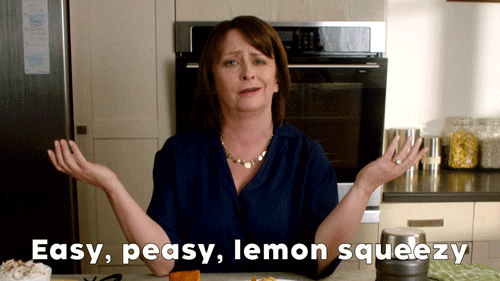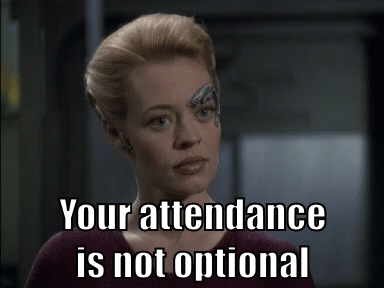In a wildly precedented and unimaginably expected move, Hillary Clinton has chosen Virginia senator Tim Kaine as her running mate. If you’re not from Virginia, his name might be unfamiliar to you. And in this age of hyperbole and misinformation, he’s going to be painted as either an out-of-touch, corrupt, insider liberal or a corporate, bank-loving, conservative monster depending on which side of the fence you fall on.
So instead of that, here’s a quick overview of who Tim Kaine is, what he stands for and why Hillary picked him as her VP.
Who’s Tim Kaine, again?
Tim Kaine is the former mayor of Richmond, former governor of Virginia, former chair of the DNC and current senator of Virginia. Before his long career in politics, he was a Harvard-educated lawyer who represented clients who had been racially discriminated against in housing. Before that, he did missionary work in Honduras, where he learned to speak fluent Spanish.
What are his some of positions?
Kaine is a fairly mainstream Democrat, voting with the party 90 percent of the time. This means he is a supporter of expanded healthcare coverage, development of green energy technology and immigration reform, among other things.
As the governor of Virginia during the Virginia Tech massacre, Kaine has a strong record on gun reform, an impressive feat in an NRA friendly state. He has passed multiple reforms on gun sales while still respecting the rights of gun owners.
One issue where Kaine breaks from other progressives is his mixed record on reproductive rights. He is personally against abortion based on his Catholic faith, which has led him to support restrictions on late-term abortion and parental consent during his tenure as governor. However, he has stated his support of Roe v. Wade and a woman’s right to choose. He has been given a perfect score by abortion advocacy group NARAL based on his voting record as senator.
Kaine differs from the more progressive wing of the party by advocating a loosening of restrictions on community banks and credit unions while maintaining heavy regulation of large banks. He argues that all financial institutions shouldn’t be subject to the same blanket regulations, as it was the larger banks that caused the 2009 recession. This nuance will still be a thorn in the side of Kaine in the face of anti-banking progressives.
So why did Hillary pick him?
Kaine is Biden 2.0 in many ways; he is a mainstream, mid-Atlantic, wholesome liberal who will quietly and effectively govern by the side of his controversial president. Clinton picked someone who is liberal enough to not upset the majority of the base, but not so far left that she risks alienating centrists.
While the choice of Kaine might not satisfy #NeverClinton #StillSanders types, he still makes up for many of Clinton’s deficiencies as a candidate; he is honest, uncontroversial and has an aw-shucks likability to him.
Beyond a few pet projects and as a surrogate, Kaine will ultimately not have that much power in a Clinton administration — very few vice presidents do. And VP picks don’t decide elections. But Kaine symbolizes the strategy for Hillary’s campaign moving forward — getting votes from centrists who balk from the insanity of Trump. Time can only tell if it was the right move.


















































